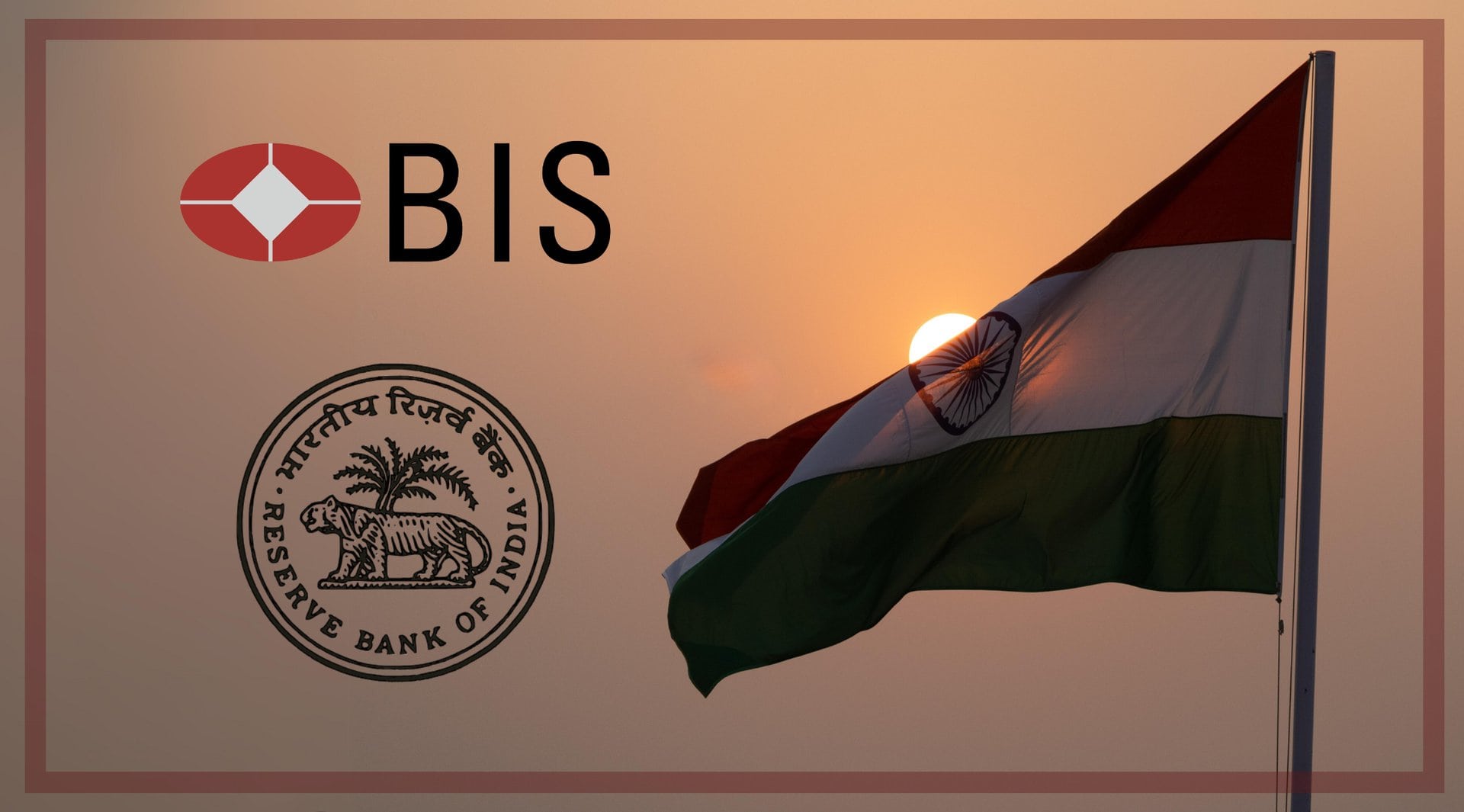A major shift in the world of finance is underway, thanks to the emergence of instant cross-border payments facilitated by Project Nexus. This initiative, led by the Bank for International Settlements (BIS), aims to connect domestic fast payment systems and enable instant cross-border retail payments on a global scale. India’s recent decision to join Project Nexus is an important step forward that will have measurably profound implications for cross-border transactions within the Association of Southeast Asian Nations (ASEAN) and beyond.
Reserve Bank of India (RBI) joins the ‘Project Nexus’, a multilateral international initiative with the four ASEAN countries (Malaysia, the Philippines, Singapore, and Thailand) to create a platform to facilitate instantaneous cross-border retail payments.@RBI pic.twitter.com/ZVoPGVueXo
— All India Radio News (@airnewsalerts) July 2, 2024
The Nexus Initiative
Project Nexus, created by the Bank for International Settlements, makes it easier for countries to share payments quickly. Normally, each country’s payment system needs a special connection to work with another country’s system. But with Nexus, it’s simple: just one connection lets a country’s payment system work with all other countries in the network.
India’s participation in Project Nexus which was announced on July 1st this year — with a signed agreement in Basel, Switzerland on June 30th, by the BIS and the Central Banks of the founding countries — is a watershed moment for the finance industry. As per the report, Bank Indonesia (BI) will retain its special observer role for the project.
Governor, RBI @DasShaktikanta participated in the signing ceremony of Nexus, an initiative of the Bank for International Settlements Innovation Hub (BISIH), to interlink the Fast Payment System (FPS) of multiple jurisdictions. UPI of India and FPSs of Malaysia, Philippines,… pic.twitter.com/bU9p6S1WDr
— ReserveBankOfIndia (@RBI) July 1, 2024
This collaboration between the Reserve Bank of India (RBI) and ASEAN nations on Project Nexus is aimed at establishing a platform for instant cross-border retail payments by linking fast payment systems. India joins Malaysia, Philippines, Singapore, and Thailand as founding members, with plans to expand globally by 2026.
Impact on ASEAN Cross-Border Transactions
The integration of India into Project Nexus is set to have a profound impact on ASEAN cross-border transactions. The value of digital payments in the six largest ASEAN economies reached $806 billion in 2022, an impressive 14% increase from the previous year. Fast forward to 2025, this market is expected to grow rapidly, reaching nearly $1.2 trillion, according to data from the ASEAN for Business Bulletin and World Economic Forum.
Thus, Project Nexus can help achieve the United Nations’ 2030 goal of making international transactions cost less than 3%. By offering faster, cheaper, and easier cross-border payments, Nexus can boost trade and money transfers between connected countries. Currently, sending remittances globally costs an average of 6.25%, but digital remittances are closer to the target at 4.72%.
With the right support and enabling environment, fast payments could expand much further and drive greater access to financial services, leading to stronger growth and poverty reduction.. https://t.co/6qe31wcf8o #FastPayments pic.twitter.com/0FPm5ys98W
— World Bank Kenya (@WorldBankKenya) October 25, 2023
The RBI says “The Reserve Bank of India (RBI) has been collaborating bilaterally with various countries to link India’s Fast Payments System (FPS) – the Unified Payments Interface (UPI), with their respective FPSS for cross-border Person to Person (P2P) and Person to Merchant (P2M) payments.”
This move to join Project Nexus is assured to dramatically reduce the costs and complexities associated with international money transfers, benefiting consumers and businesses alike.
“While India and its partner countries can continue to benefit through such bilateral connectivity of Fast Payment Systems, a multilateral approach (referring to joining Project Nexus and the ASEAN) will provide further impetus to our efforts in expanding the international reach of Indian payment systems,” the RBI further remarked.
Further, the General Manager of BIS, Agustín Carstens, pointed out some intended impacts the Nexus project would expectedly birth in member countries. He said, “When implemented, it will greatly enhance cross-border payments in line with both the G20 cross-border payments program and our mission to develop public goods in the technology space to support central banks and improve the functioning of the financial system.” Carstens added, “Even with just the first wave of connected countries, Nexus has the potential to connect a market of 1.7 billion people globally, allowing them to make instant payments to each other easily and cheaply.”
Geopolitical Implications
The geopolitical implications of India joining Project Nexus are multifaceted. On one hand, it strengthens India’s position in the region’s geopolitical architecture. On the other hand, it could potentially alter the dynamics of India’s relationships with other major powers. For instance, India’s deepening partnership with the US and involvement in the Indo-Pacific Quad — an informal strategic forum that includes the United States, Australia, Japan, and India — may drive Moscow, India fears, towards a growing strategic partnership with China. The Quad is perceived as a counterweight to China’s growing influence in the region. However, India’s role in the Quad is nuanced and carefully calibrated to avoid unnecessary provocation from China.
This is a complex balancing act for India, as it seeks to maintain its strategic autonomy while navigating the shifting dynamics of global power.
It will reinforce what should already be an obvious reality: driving China to be even more economically integrated with ASEAN, which will play a similar role for it as India is envisioned to do for the United States.
— Glenn (@GlennLuk) June 23, 2023
ASEAN already rivals the EU/NA for China and will only grow. pic.twitter.com/B71kIaecJe
In that light, this agreement is, perhaps in fact, a calculated departure from its traditional South Asian focus and a response to the changing geopolitical landscape marked by China’s rise and the strategic interests of other major powers like the United States, Japan, and Australia, and Russia, or perhaps not.
Fostering Financial Inclusion
One of the most transformative aspects of Project Nexus is its potential impact on financial inclusion. By integrating domestic IPS into a global network, Project Nexus can provide populations with more accessible and reliable payment options, fostering economic growth and reducing poverty. This is particularly crucial for developing countries where access to efficient and affordable financial services remains limited.
India’s growth rate for digital payments is one of the fastest in the world, thanks in part to years of policy support from the central bank and other public and private bodies. See F&D for more. https://t.co/ZG5Hy5nLw1 pic.twitter.com/7HWPzThMpV
— IMF (@IMFNews) September 9, 2022
In a statement, Shaktikanta Das, Reserve Bank of India Governor elaborately painted the journey of India’s finance system so far in the light of the newly signed agreement saying “India’s fast payment system, viz., UPI has made phenomenal progress in recent years and has become an international trend-setter with more than 400 million transactions per day. We are happy at the launch of Project Nexus as it will link the Fast Payment Systems (FPSs) of the six founding member countries, and the Reserve Bank of India (RBI) will be happy to share its knowledge, experience, and technical know-how with this initiative.
Das went further to share his view on the usefulness of the project, “The greatest advantage of Project Nexus will be to make cross-border payments much faster and less costly. As per a World Bank assessment, the average cost of remitting USD 200 across borders is about 6.2%. Project Nexus will bring down this cost. This is a precursor to greater international cooperation among countries to enable faster cross-border remittances at a lower cost.”
India’s decision to join Project Nexus marks a timely leap towards achieving faster, cheaper, and more accessible cross-border payments. It has the potential to change the way international transactions are conducted, benefiting individuals, businesses, and the global economy. The world, they say, is a global village, and with initiatives like Project Nexus, the financial borders within this village are gradually giving way.
Author: Richardson Chinonyerem
#India #ProjectNexus #BIS #ASEAN #Payments















